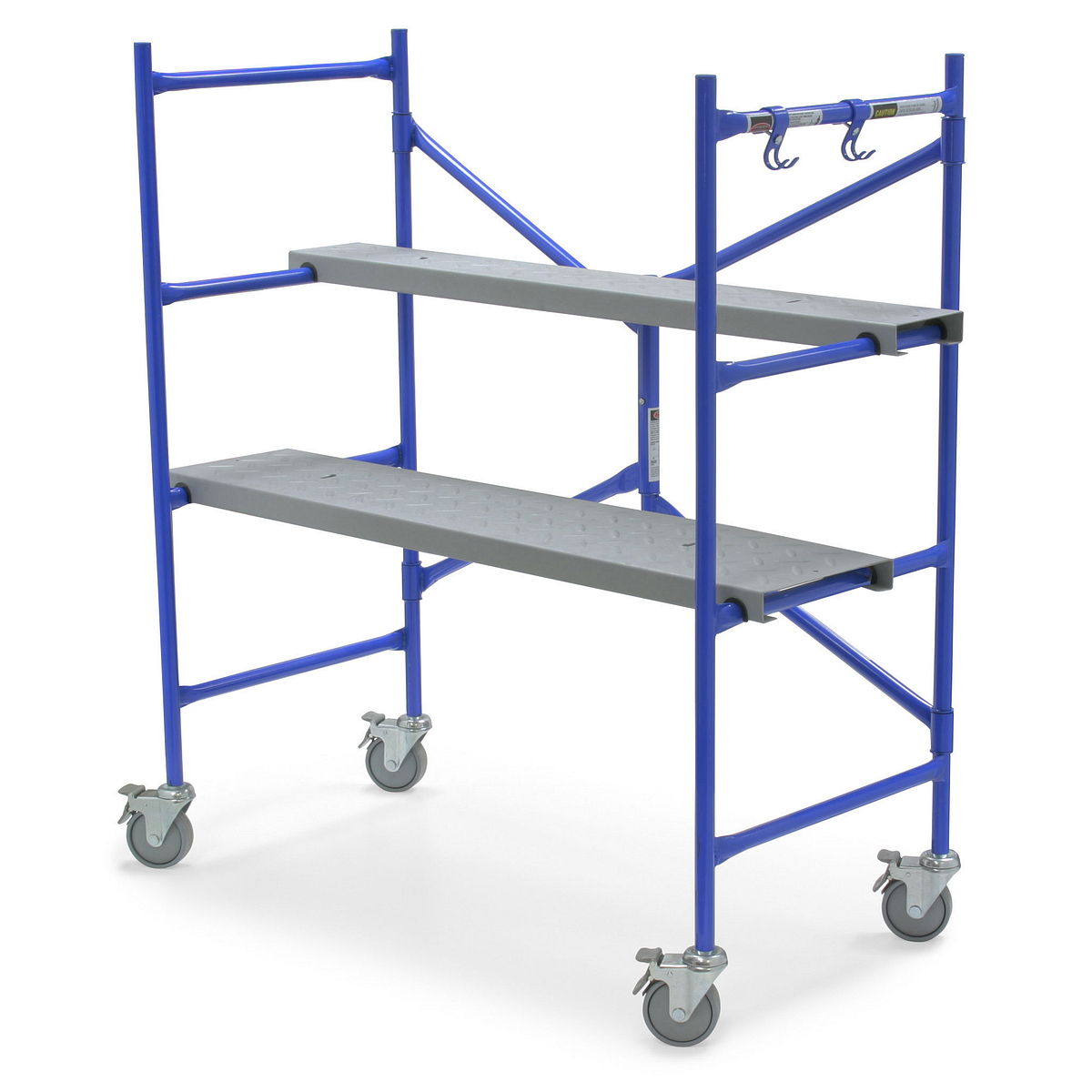Residential Scaffolding Solutions for Safe and Efficient Home Improvements
Residential Scaffolding Solutions for Safe and Efficient Home Improvements
Blog Article
Discovering the Different Kinds Of Scaffolding Utilized in Construction Tasks
The building industry depends heavily on various sorts of scaffolding to meet particular project demands, each offering distinct advantages and applications. Typical frame scaffolding gives a durable structure for basic jobs, while put on hold scaffolding is vital for service skyscraper structures. Various other choices, such as system and rolling scaffolding, deal with performance and flexibility, specifically. In addition, the cantilever variant proves important in metropolitan environments where area is constricted. Comprehending the subtleties of these scaffolding types is crucial for enhancing safety and performance on building sites, motivating a more detailed exam of their one-of-a-kind qualities and applications.

Standard Framework Scaffolding
Standard frame scaffolding is one of the most extensively utilized techniques in the building industry due to its effectiveness and versatility. This system includes vertical and straight frameworks that are assembled to produce a secure platform for materials and workers. The main components include upright articles, straight ledgers, and diagonal dental braces, which with each other give a solid framework that can sustain substantial tons.
One of the essential advantages of standard structure scaffolding is its versatility to different building projects, varying from household buildings to large business frameworks. The modular style allows for easy setting up and disassembly, making it efficient for both long-term and short-term jobs. In addition, the system can be customized in height and width, fitting different structure designs and site conditions.
Safety and security is critical in scaffolding applications, and conventional structure systems are furnished with guardrails and toe boards to avoid drops and ensure worker defense. Additionally, regular inspections and adherence to safety regulations are crucial in maintaining the stability of the scaffold. Generally, typical frame scaffolding continues to be an essential option in the building sector, offering a trusted system for labor and enhancing total job effectiveness

Suspended Scaffolding
Put on hold scaffolding provides a distinct service for building and construction projects that require access to raised surfaces, specifically in circumstances where traditional structure scaffolding may be unwise. This sort of scaffolding is usually put on hold from the roofing or top degrees of a framework, making use of a system of systems, pulleys, and ropes to create a functioning space that can be adapted to numerous elevations.
Among the key advantages of put on hold scaffolding is its versatility. It can be easily repositioned or decreased to accommodate adjustments in building and construction needs, making it ideal for tasks such as window setup, façade work, and maintenance on skyscrapers. Furthermore, the marginal footprint of suspended scaffolding enables for better usage of ground space in metropolitan environments, where space is frequently minimal.
Safety is a critical consideration in making use of suspended scaffolding. Appropriate rigging and anchoring systems need to be utilized to ensure security and stop crashes. Operators should additionally be trained in the risk-free use of this tools. Generally, put on hold scaffolding provides a reliable and effective option for accessing hard-to-reach locations in numerous building scenarios, enhancing both efficiency and safety and security on website.
System Scaffolding
System scaffolding, usually regarded as a modern-day remedy in the scaffolding market, consists of pre-engineered parts that can be rapidly constructed and adapted for numerous building projects. Scaffolding. This sort of scaffolding is characterized by its modular design, which permits versatility and efficiency on job websites, suiting different heights and structural requirements
Commonly made from high-strength steel or aluminum, system scaffolding offers improved resilience and security. The components include vertical articles, horizontal ledgers, and diagonal braces, which adjoin safely, making certain a robust framework. The design typically incorporates standard installations, simplifying assembly and disassembly procedures, thus lowering labor time and costs.

Rolling Scaffolding
Rolling scaffolding is a functional option to typical set scaffolding, made for mobility and simplicity of usage on construction websites. This sort of scaffolding contains a platform sustained by frames with wheels, enabling workers to conveniently transfer it as required. The movement feature dramatically boosts performance, as it minimizes downtime connected with constructing and taking apart dealt with scaffolding.
Usually created from light-weight materials such as aluminum or steel, rolling scaffolding offers a strong yet portable solution for tasks requiring constant repositioning - Scaffolding. It is particularly useful in tasks such as paint, drywall installation, and electrical work, where access to various elevations and areas is necessary
Safety is extremely important in rolling scaffolding layout, with attributes such as securing wheels to prevent unintended activity when in usage, and guardrails to secure employees from drops. Additionally, lots of models are adjustable in elevation, suiting different job needs.
Cantilever Scaffolding

The layout of cantilever scaffolding typically involves using arms or brackets anchored to a building or structure, enabling the system to expand external securely. Safety is extremely important; thus, these scaffolds should be engineered to hold up against various loads and ecological problems. Normal assessment and maintenance are vital to ensure architectural integrity and worker safety and security.
Cantilever scaffolding is preferred for its versatility and reliable use space, making it a popular choice in metropolitan atmospheres where space constraints prevail. In addition, it helps with much easier access to high altitudes, ultimately adding to the overall performance of building and construction tasks. As with all scaffolding kinds, appropriate training and adherence to safety and security standards are essential for workers using cantilever scaffolding.
Final Thought
Typical framework scaffolding supplies security, while put on hold scaffolding supplies convenience for elevated tasks. System scaffolding helps with fast assembly, and rolling scaffolding boosts mobility for differing job atmospheres.
Typical frame scaffolding provides a durable structure for general jobs, while put on hold scaffolding is necessary for job on high-rise frameworks.Moving scaffolding is a flexible alternative to standard fixed scaffolding, designed for wheelchair and ease of usage on building sites. As with all scaffolding kinds, appropriate training and adherence to safety requirements are critical for employees using cantilever scaffolding.
Conventional framework scaffolding gives security, while suspended scaffolding provides flexibility for elevated jobs. System scaffolding assists in quick setting up, and rolling scaffolding improves wheelchair for varying work atmospheres.
Report this page